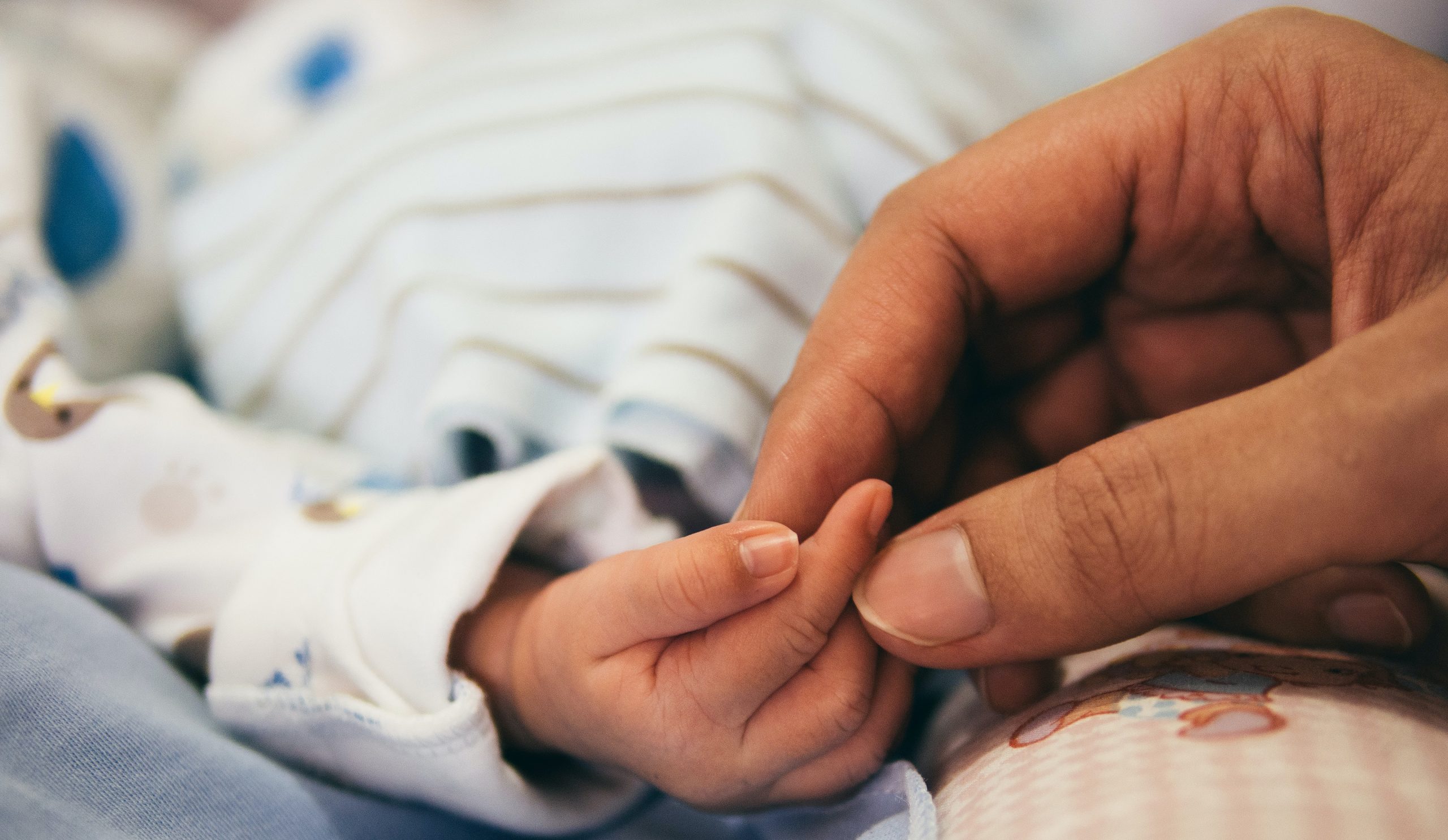
A new analysis published in the BMJ by researchers at UBC and McMaster University shows high rates of injuries with forceps and vacuum delivery in Canada that have been documented for over a decade without efforts to address them.
The paper was authored by a team of perinatal epidemiologists, obstetricians, urogynecologists, community advocates and patient partners, and calls for increased recognition, transparency and action to prevent these injuries.
As part of the analysis, the researchers present data from the Organisation for Economic Co-operation and Development showing that since 2010, Canada has had the highest rates of maternal trauma during forceps and vacuum deliveries when compared with other high-income countries. The most recent data from 2019 shows Canada with the highest rate at 16.3 per cent, followed by Denmark at 12.7 per cent and the United States at 11.1 per cent.

Dr. Roxana Geoffrion
The researchers hope the analysis will spur a national conversation about these injuries and the impacts they can have on birthing parents.
“Pregnant patients need to understand both short- and long-term complications related to vaginal delivery assisted by vacuum or forceps,” said study co-author Dr. Roxana Geoffrion, an associate professor of obstetrics and gynaecology at UBC, whose clinical and academic practice is devoted to patients with pelvic floor disorders following childbirth trauma. “Through this research, we hope to encourage more thorough conversations between patients and their maternity care providers to establish informed consent for various modes of delivery during pregnancy and well before labour begins.”
The paper’s lead author, Dr. Giulia Muraca, a former postdoctoral fellow at UBC and now an assistant professor at McMaster University, explains that while benchmarking against other countries is informative, the key facts are about how this is affecting Canadians.
“More than 35,000 infants are born each year in Canada with the use of these instruments and maternal injuries are occurring at an alarming frequency. We are not doing a good enough job sharing information about these risks with pregnant people or putting enough effort into reducing them.”

Dr. Sarka Lisonkova
UBC’s Dr. Sarka Lisonkova, associate professor in UBC’s department of obstetrics and gynaecology, and Dr. K.S. Joseph, professor in UBC’s department of obstetrics and gynaecology, and the School of Population and Public Health, are also co-authors of the paper.
Maternal trauma describes a group of injuries to the pelvis and surrounding organs that occur during childbirth, such as severe perineal and cervical lacerations. These injuries have several short- and long-term consequences, such as pelvic pain, sexual problems, and anal incontinence. One in four people sustain these injuries following forceps deliveries (25.3 per cent) and one in eight with vacuum deliveries (13.2 per cent).
“We’re calling for a national response to recognize the frequency and severity of these injuries in Canada. We have neglected to address them for far too long, and we are urging the maternity care community to make a commitment to reducing them,” says Dr. Muraca. Similar national initiatives to reduce maternal trauma have been underway in other countries, such as the United Kingdom and Australia.
“Pregnant patients need to understand both short- and long-term complications related to vaginal delivery assisted by vacuum or forceps.”
Dr. Roxana Geoffrion
As part of the analysis, researchers worked with patients who have experienced the trauma caused by forceps and vacuum deliveries firsthand. One of those patients is Laura Ralph, who suffered a pelvic floor injury during her son’s delivery due to the use of forceps.
“I remember a cesarean delivery being discussed, but I don’t recall whether one was offered to me. I was also completely uninformed of the risks of cesarean versus forceps delivery,” Ralph said.

Dr. K.S. Joseph
“I often think of that conversation about cesarean delivery and wish someone had taken a few minutes to explain the pros and cons of each potential outcome with me.”
Ralph has long-term complications as a result of her delivery. She had to use a pessary – a device inserted into the birth canal to provide support after pelvic prolapse and feared having more children because of the trauma she endured.
In the analysis, several potential reasons for these high rates of injuries are discussed, such as policies in Canada regarding labour interventions and challenges with training. However, the researchers caution against reflexive recommendations to increase training.
“If we expect these injuries to decrease by simply investing in the existing training paradigms, we run the risk of harming even more people and families, and further stigmatizing people with these injuries,” says Dr. Geoffrion. “Efforts to change the culture around these injuries need to take precedence, including improving informed consent practices, and engendering a culture in which these injuries are acknowledged as severe, avoidable complications.”
A version of this story originally appeared on the McMaster University website.